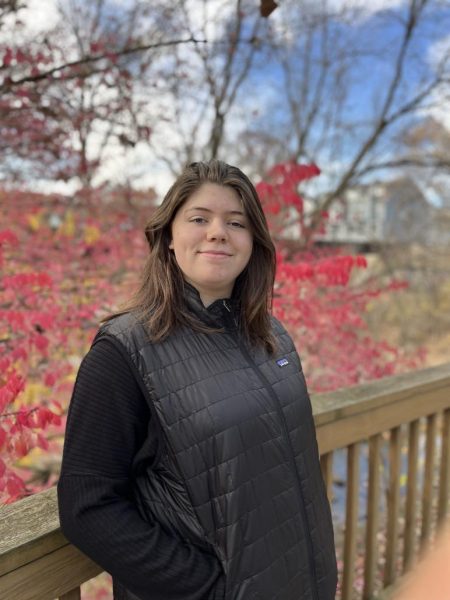A closer look into the FHC’s closed campus designation, and the issues with turning into an open campus
The bell rings; students flood out of their previous classrooms, their hurried steps matching their demanding stomachs as they flood into the cafeteria for lunch. Most hurry to their self-assigned seating table, where friends and companions alike gather; however, a small group has different ideas.
Preferring to not eat in the crowded and loud cafeteria the small group of students instead decide to eat their lunches in their respective cars, however, they are stopped by FHC’s head of security Christian Mathewson, and they’re told to return to the cafeteria. FHC is a closed campus, and the students are not permitted to leave.
“When we look at it from a security standpoint, we don’t know what the kids are coming back into the school with,” Mathewson said, “and we don’t know exactly what [they’re] doing either.”
From as far as anyone can remember, FHC has always been a closed campus.
For the students, that often means sitting restricted within the confines of the school’s crowded cafeteria, standing in long lunch lines, and eating food provided by the school.
Over the years, students—those who have endured years of high school lunchroom culture—have increasingly wondered whether a closed campus school was really necessary for the school’s restrictions. Senior Trustee Christian Bethea seems to agree with those sentiments.
“There’s nothing wrong with an open campus,” Christian said. “I don’t see much downside to excuse. You get everything you need from a closed campus, but there is just more opportunity to do things [with] an open campus.”
However, for the school staff, the concept of an open campus has more problems than students realize.
One of the primary issues on teachers’ minds is the safety of students. Most would think that only the aforementioned concern of students bringing in things they are not supposed to be the only reason why the school bans the action of going out to eat, but that’s not the case.
Principal Steve Passinault, for example, expressed a worry about the number of car accidents possibly increasing during the allocated 30-minute lunch schedule.
“There really aren’t opportunities for students to leave class, get into their vehicle, leave campus, go order food, get food at lunchtime, come back, and get back to class without putting themselves potentially at risk with speeding and such,” Passinault said.
Passinault said that prior tests performed by the school tested the amount of time it would take students to travel from restaurants or fast food establishments and arrive back to school within the time limit of 30 minutes.
Unsurprisingly, the test revealed that students had little time remaining without taking high risks actions, such as speeding.
“What’s more likely is that you’re probably going to be picking up speed,” Mathewson said, “and you could add a little danger into that.”
Vaping or the use of other questionable substances by students is also a major problem facing the school board.
The topic of vaping has long been a grudging issue to deal with as the infamous item has been troubling students and teachers alike. Because vaping tends to be odorless, compared to the aggressive smell of cigarettes, teachers often have a harder time seizing these items.
If the school allowed students to sit in the bed of their cars to eat their lunches, the majority of students would go unsupervised, having who-knows-what happen.
“I don’t want to assume that anyone’s out there vaping or anything like that,” Mathewson said, “but we don’t have any way of telling you won’t.”
The main goal of the high school and its staff is to make the environment safe and comfortable for all students, and the staff has yet to see a positive reason that outweighs the negatives that could come with an open campus.
However, the school has taken the initiative to expand the efforts for student involvement, opinions, and security so the community of FHC can communicate clearly with each other. Hopefully, this will make the unbearable lunch situation more sustainable for the students.
“We want to make lunch more enjoyable for students,” Passinault said. “It is a time when you can relax and get away from the grind. I would be more open to more things like when we did The Pit Stop BBQ last year.”

Ava is a senior entering her second year writing for the Central Trend. She strives to be a passionate writer, hopelessly curious about all topics, and...



























































































